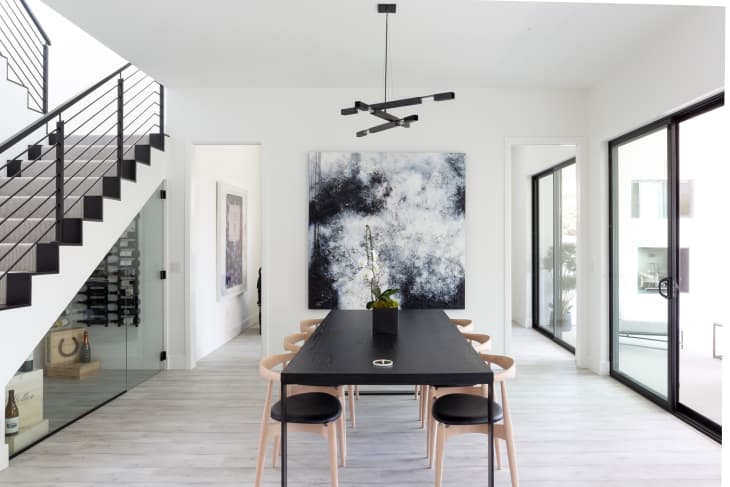Questions We All Ask: Is There a Difference Between Modern, Minimalist, and Contemporary Design?

You don’t have to be a design aficionado to know clean, sleek furniture and design are all the rage these days. But discerning whether a piece is minimalist, modern, or contemporary? Now, that’s another story.
Chances are you’ve been using minimalist, modern, and contemporary interchangeably for years, without thinking twice about whether or not they’re the same. It’s okay, you’re not alone.
“It’s pretty easy to understand why people would have trouble differentiating these styles,” says Kita Marie Williams, interior designer and CEO of KMW Interiors. “All three styles use cleaner lines and simpler forms than traditional furnishings and decor. All three are much less ornate and use more purely geometric lines.”
Sure, the three styles may look the same, but there are small, historical differences between them. So we asked Williams to break it down for us, and here’s what she had to say:
Modern:
Modern is the precursor to both minimalist and contemporary design, and generally refers to pieces that are derived from the innovations of mid-century modern designers. In the middle of the 20th century, there were core influencers—Florence Knoll, Le Corbusier, and Charles and Ray Eames, to name a few—that shaped what “modern” design is today.
Pieces like the famous “Eames Chair” and “Barcelona Chair” are examples of modern design. They’re pieces that are still popular today and can run a true design aficionado as much as $5,000 or more per piece.
Minimalist:
It’s simply a movement that focuses on cutting out as much “extra” as possible, reducing everything to a design that focuses on function. It also focuses on space and how open space can be enhanced by the placement of only the essential functional elements.
In this context, pretty much anything can be “minimalist” if the design prioritizes efficiency. You can have a home that is styled very “modern” with a “minimalist” overtone by only using the essential pieces for the function of that space and nothing more.
Contemporary:
It’s less of a style, and more of a trend. Contemporary style is ever changing as trends change. For example, brass and gold finishes are trending, and it’s very contemporary because brushed nickel and stainless steel were “in” until recently.
Moreover, contemporary style is about clean style. It’s about creating a piece that is fashionable without overdoing ornamentation.
But what about mid-century, you ask?
“Mid-century modern is essentially ‘modern,'” Williams explains. “Anything labeled ‘modern’ is essentially derived from the influence of mid-century modern designers.”
Got it? Good. Now it’s time to apply what you’ve learned to your home.
“If you’re going to embrace any of these three looks, acknowledge that whatever it ends up looking like, it’ll essentially be derived from ‘modern’ style,” Williams says.
You’ll want to decide whether or not you want to keep your space to the bare essentials for that minimalist vibe.
Of course, materials play a big role in whether your space is modern or contemporary. Williams says glass and metal skew contemporary, while the warm tones of natural wood create a mid-century modern aesthetic.